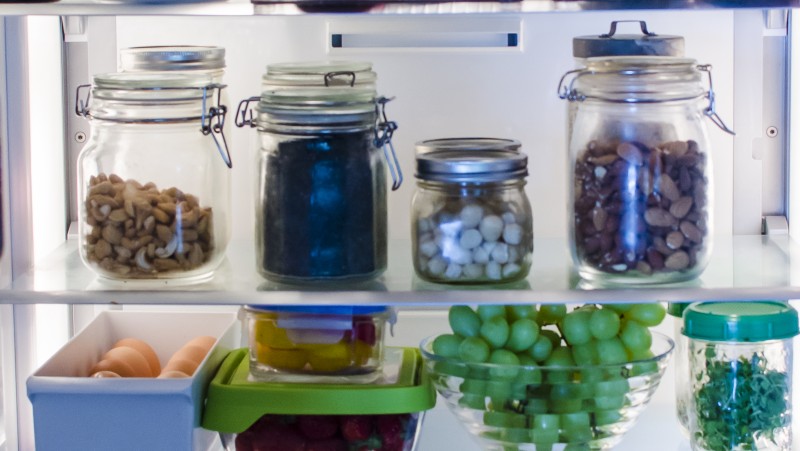Ok, so still no recipes quite yet! That’s because you need to set up a healthy pantry first! Here is a Shopping List that will fill your fridge and your cupboards with all the ingredients and nutritious foods you will need to make our recipes.
Baked Goods: Ezekiel bread, Manna bread, Coconut meat paleo wraps
Baking Ingredients: Baking powder (aluminum-free), Baking soda (aluminum-free), Cream of tartar, Flour, Almond, Amaranth, Buckwheat, Chestnut, Coconut, Hemp, Millet, Oats, Quinoa
Beverages: Coconut water (raw, fresh), A variety of teas (Chaga Mushroom, Dandy Blend Dandelion Tea, Green tea, Horsetail, Matcha tea, Nettle, Reishi, Ron Teeguarden teas)
Boxed Goods: Vegetable broth (organic), Meat broth (organic, low sodium chicken, turkey, or beef)
Canned Goods: Unsweetened applesauce, Artichokes in water, Beans (Kidney, Garbanzo, Black), Coconut cream, Hearts of palm, Pumpkin, Wild sockeye salmon with no salt added, Sardines
Cereal and Breakfast: Sprouted buckwheat groats, Ezekiel granola with cinnamon and raisins, Holy Crap, Jules’ Fuel, Quinoa flakes, Steel-cut oats (gluten-free)
Crackers: Mary’s Gone Crackers, Vegetable crackers (raw)
Dried Fruit: Apricots, Cherries, Cranberries, Dates, Figs, Goji Berries, Incan Berries, Mulberries, Prunes, Raisins
Dry Goods: Açai powder, Bee pollen, Blue green algae, Camu camu, Cacao nibs raw, Cacao powder raw, Chlorella/spirulina powder, Coconut raw shredded unsweetened, Maca, Marine phytoplankton, Mushroom powders, Noni, Phycocyanin blue pigment from Longevity Warehouse, Physillum flakes, Protein powders, Royal jelly, SeaSnax seaweed, Seaweed (nori, dulse, wakame, kelp), Seaweed soup by Truth Calkins from Longevity Warehouse, Sundried tomatoes, Vanilla powder
Frozen Beverages: Raw coconut water
Frozen Fruits: Açai Sambazon, Berries mixed, Blueberries, Coconut meat, Cranberries, Goji berries, Mixed berries, Raspberries, Strawberries
Frozen Vegetables: Corn, Peas, Spinach
Frozen Treats: Luna and Larry’s Coconut Bliss ice cream – great non-dairy frozen dessert!
Grains, Beans, Noodles and Rice: Amaranth, Beans all varieties, Buckwheat groats, Noodles, Bean noodles, Quinoa noodles, Rice noodles, Soba noodles, Quinoa sprouted and non-sprouted, Mung beans sprouted, Rice (black rice, sprouted brown rice, wild rice
Jarred Goods: Aloe Vera Gel, Anchovies, Unsweetened Applesauce, Artichokes, Organic Capers, Fish Sauce, Horseradish, Lemon Juice, Lime Juice, Olives, Tomatoes
Nuts: Choose organic, non-roasted, and non-salted (sprouted if possible): Almonds, Brazil nuts, Cashews, Hazelnuts, Macadamia nuts, Pecans, Pine nuts, Pistachios, Sacha inchi, Walnuts
Stay tuned! The rest of your shopping list is coming next week!
Health Coach Rita Thomas and Chef Erin Holm hope to inspire families, friends and communities to live happier, healthier and more delicious lives.
Sign up for their weekly health and recipe blog to start your journey to good health.




